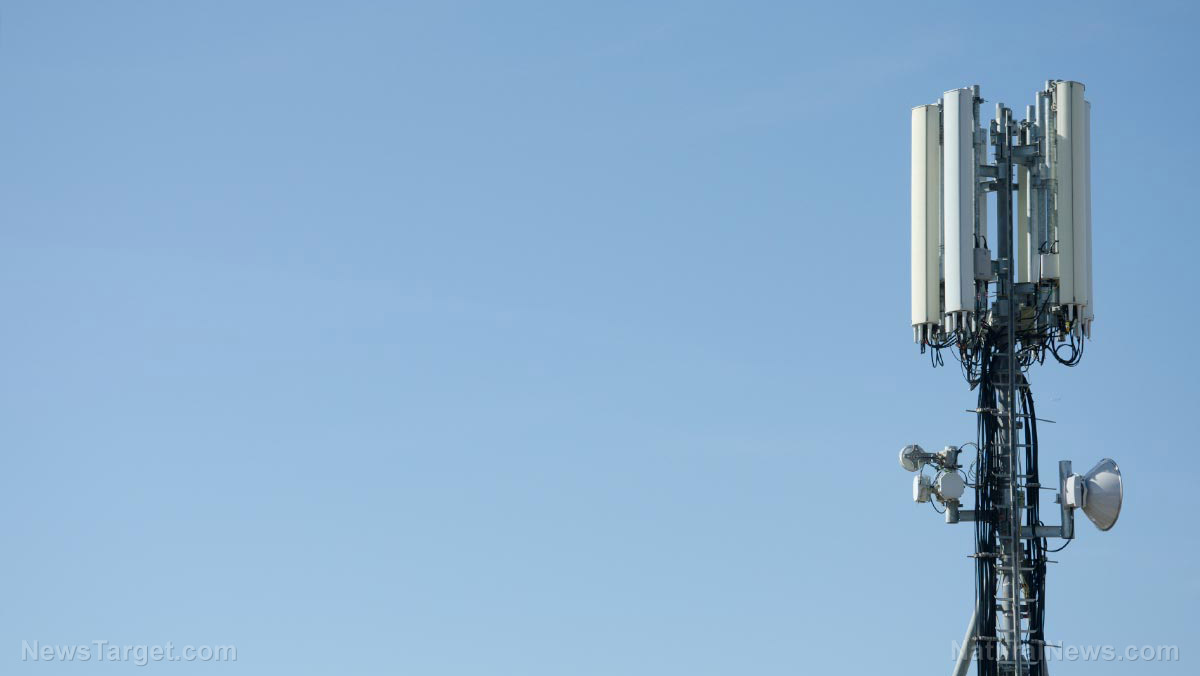Bug out survival planning: Transportation ideas during a financial crisis
10/11/2022 / By Zoey Sky

Transportation may be an issue if you work in the city or if you need to travel a lot during a financial crisis.
Your options may be limited because of the situation, but you can save money on transportation by carpooling, cycling or even just walking. (h/t to TheOrganicPrepper.com)
Your routine may be disrupted after SHTF, but life will eventually carry on
When SHTF, things may change drastically for your whole family. But things will eventually return to normal, or as normal as life can get, after an economic disaster. This highlights the importance of prepping, even if it’s technically impossible to prepare for all possible SHTF scenarios.
Traditional preparation is best for shocks like natural disasters if you want to soften the blow. Meanwhile, long-lasting crises require a change in mindset and gradual changes to your lifestyle, routine and habits.
If you are driving a car considered a “gas guzzler,” it might be time to downsize or downgrade your vehicle of choice. Huge cars and powerful engines are luxuries that belong in prosperous societies. (Related: Bug out survival planning: Prepping a bug-out bag in less than an hour.)
When times are hard, it’s better to drive smaller, more practical cars. If your family owns more than one car, you can save a lot of money by downsizing since gas and maintenance costs will add up.
You can also save money by moving closer to work, school and other important locations.
Transportation ideas during a financial crisis
Here are some transportation options to consider after an economic crisis:
Carpooling
According to the U.S. Census Bureau’s American Community Survey 2019, more than 76 percent of Americans drive alone to work daily and only about nine percent carpool with someone else.
After the economy collapses, the standard of living follows even if oil prices don’t skyrocket. Make every dollar count and try to save money on transportation by looking for people you can carpool with.
Car rotation
As a child, you may have experienced your parents alternating with other parents to drive you to school, games or parties. This is also a great alternative for post-SHTF transportation, especially if you have young kids who still go to school.
Car rotation can help save time and gas because it means a different parent would be driving on certain days. If you are considering a car rotation, it’s best to coordinate with friends, neighbors or coworkers.
Public transportation
In many cities in Europe and North America, subways, trains and buses are reliable and relatively inexpensive modes of transportation. But even in wealthy countries, some residents may be dissatisfied with the standard of public transportation services.
Most of the time, public transportation will be affected after a disaster. After SHTF, fewer trains and buses will continue to operate.
But for many people, public transportation is the only option. When formulating your transportation plan, consider the costs of keeping a car at home compared to using it more frequently to spread the costs.
Scooters and motorcycles
In less developed nations, many citizens use motorbikes, scooters or mopeds as their main mode of transportation. These two-wheeled vehicles are a quick way to go around in traffic jams and they are also very affordable and adaptable.
But while scooters and motorcycles are convenient, they are also linked to many considerable dangers. If you are considering getting a motorcycle, make sure you learn how to drive safely and properly to avoid road accidents, especially in snowy and icy weather.
Bicycles
If you want to drive something without spending money on gas, get a bicycle. During a recession, bikes are an even better option for affordable transportation.
There are several advantages to getting around on a bicycle. It’s a great form of exercise and it can help improve your overall health and fitness.
Cycling is a great option for preppers who want to remain mobile in urban or rural areas. You can even get a folding bicycle if you still have to travel to some areas by bus, train or subway.
If you decide to use a bicycle as your main mode of transportation after an economic crisis, you will need the following tools for repair and maintenance:
- Drive torch wrench (1/4-inch)
- Bleed kit and oil (for the brakes)
- Chain brush
- Chain lube
- Clean rags
- Floor pump
- Hex wrench set
- Manual pump
- Open-end wrenches
- Tire lever
- Tube patch kit
- Tubes (at least two)
However, bicycles aren’t always suited for rugged terrain and they are easier to steal than a regular car. Like motorcycles, bicycles have a greater possibility of injury from accidents.
A bicycle has limited load capacity, but if you want to carry more things you can address this by getting a trailer. The use of a bicycle is also restricted during severe weather like rain or snow.
Walking
If you really don’t want to spend a single dollar on transportation, dust off your walking or running shoes and walk to your destination.
This is also a great option for preppers who want to maintain their physical fitness. If you live far from your regular destinations, combine walking with other options like carpooling or biking.
Walking regularly is a great workout, and it can help clear your mind and relieve anxiety. It also helps develop your situational awareness and observation skills.
Compared to other transportation options, walking can be slow, especially depending on your overall health condition. It can also cause injuries, which can be prevented by always wearing appropriate footwear and socks and gradually increasing distance and load.
Are electric cars worth it?
Electric cars may seem like a valid option for those who want to save on gas, but you still need to charge electric cars. Additionally, electric cars are expensive, are made with tons of rare materials (some very polluting) and require special care when they are no longer fit for use.
Most electric vehicles also have poor range and require lengthy recharges. Other models also require special stations and plugs. A hybrid model may work for you, but they also need specialized and expensive parts and upkeep.
If you need a car during an economic disaster, it may be better to get a “regular” car instead so you can transport your family comfortably and safely.
When considering transportation options in a post-SHTF, focus on keeping things simple since that’s what people do in times of economic crisis or in regions where crises never end.
Your ability to own and operate a vehicle depends on how common, straightforward and inexpensive it is, along with how simple and inexpensive it is to maintain. You may also want to consider an inconspicuous car to draw less attention, which may be crucial if crime becomes more common in your area.
Visit Bugout.news for more tips on how to bug out safely after SHTF.
Watch the video below to know more about items you should carry in your bike everyday carry (EDC) kit.
This video is from The Urban Prepper channel on Brighteon.com.
More related stories:
Prepping tips: 16 Alternative containers for your bug-out gear.
5 Reasons why motorcycles are the best bug out vehicles.
Rural prepping: Why you should bug out to a small town.
Sources include:
Submit a correction >>
Tagged Under:
bug out, cars, disaster, Gear, off grid, preparedness, prepping, self sufficiency, self-reliance, SHTF, survival, survival gear, tips, transportation
This article may contain statements that reflect the opinion of the author
Get independent news alerts on natural cures, food lab tests, cannabis medicine, science, robotics, drones, privacy and more from NewsTarget.com
Get independent news alerts on natural cures, food lab tests, cannabis medicine, science, robotics, drones, privacy and more from NewsTarget.com
RECENT NEWS & ARTICLES
SHTF.News is a fact-based public education website published by SHTF News Features, LLC.
All content copyright © 2018 by SHTF News Features, LLC.
Contact Us with Tips or Corrections
All trademarks, registered trademarks and servicemarks mentioned on this site are the property of their respective owners.





















